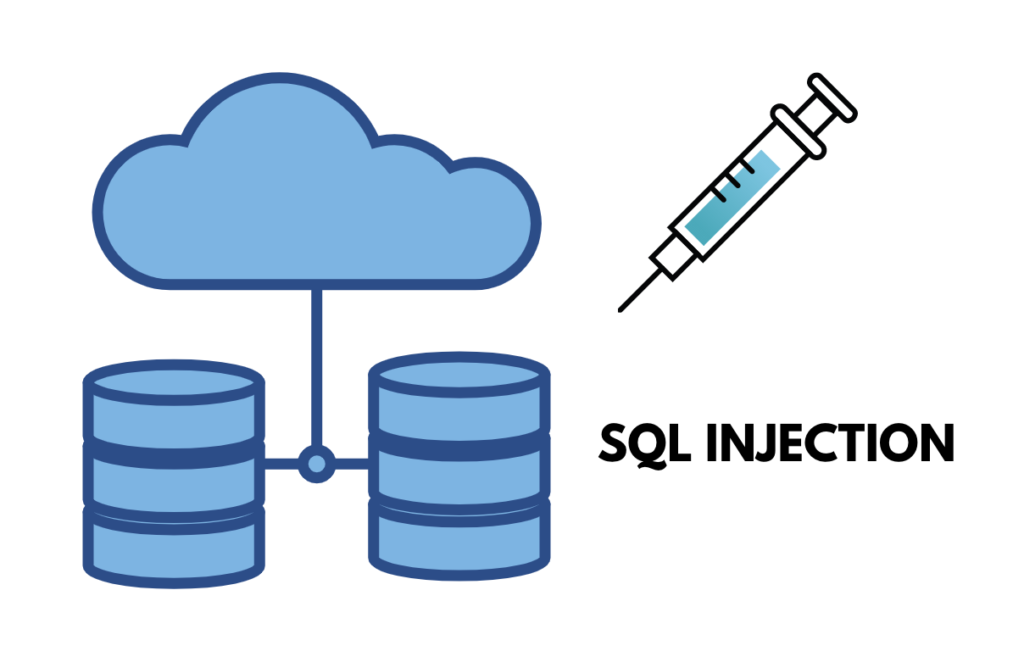
This Cybersecurity month, I wanted to introduce everyone to one kind of vulnerabilities that can exploited to take advantage of web applications. Many websites we use every day depend on databases for their backend infrastructure. Databases can be created and managed using a programming language called Structured Query Language (SQL). Statements written in SQL to communicate with a database are called queries. If an application makes SQL queries to its database, certain kinds of queries can be manipulated for malicious purposes. There might be a possibility of the perpetrator being able to completely comprise the application’s backend infrastructure.
SQL injection attacks occur when hackers exploit these vulnerabilities to compromise the security of the target system. They are one of the oldest and most common hacking techniques. They can be very destructive if they are successful. If a popular website stores users’ credit card details in its databases and becomes the victim of a successful attack, the attackers could gain access to financial information of millions of users. Attackers could also potentially gain access to users’ identity information. These attacks are particularly successful in their goals if they can remain undetected. Due to their potential for immense damage, it is essential that these vulnerabilities get detected and fixed.
Queries that retrieve and update information in the database might make the applications vulnerable if they are not used in a secure manner. For example, retrieval queries could be exploited to retrieve information from the database that users are not intended to see. Commands can also be used to attain administrator privileges in the databases. This can let them gain access to data that only administrators can access.
A majority of injection vulnerabilities occur when the WHERE clause is used in SELECT and UPDATE statements. Injection vulnerabilities are likely to occur if programmers choose to dynamically generate queries by concatenating user input with queries. This is problematic because user input cannot be trusted. The easiest way to decrease the likelihood of SQL attacks occurring is to use prepared statements (parametrized queries). This ensures that user input cannot be used to perform unauthorized operations on the database. If you are designing a web application, make sure to test for injection vulnerabilities to ensure that your data stays safe.
Sources:
https://www.netsparker.com/blog/web-security/top-dangerous-injection-attacks/
